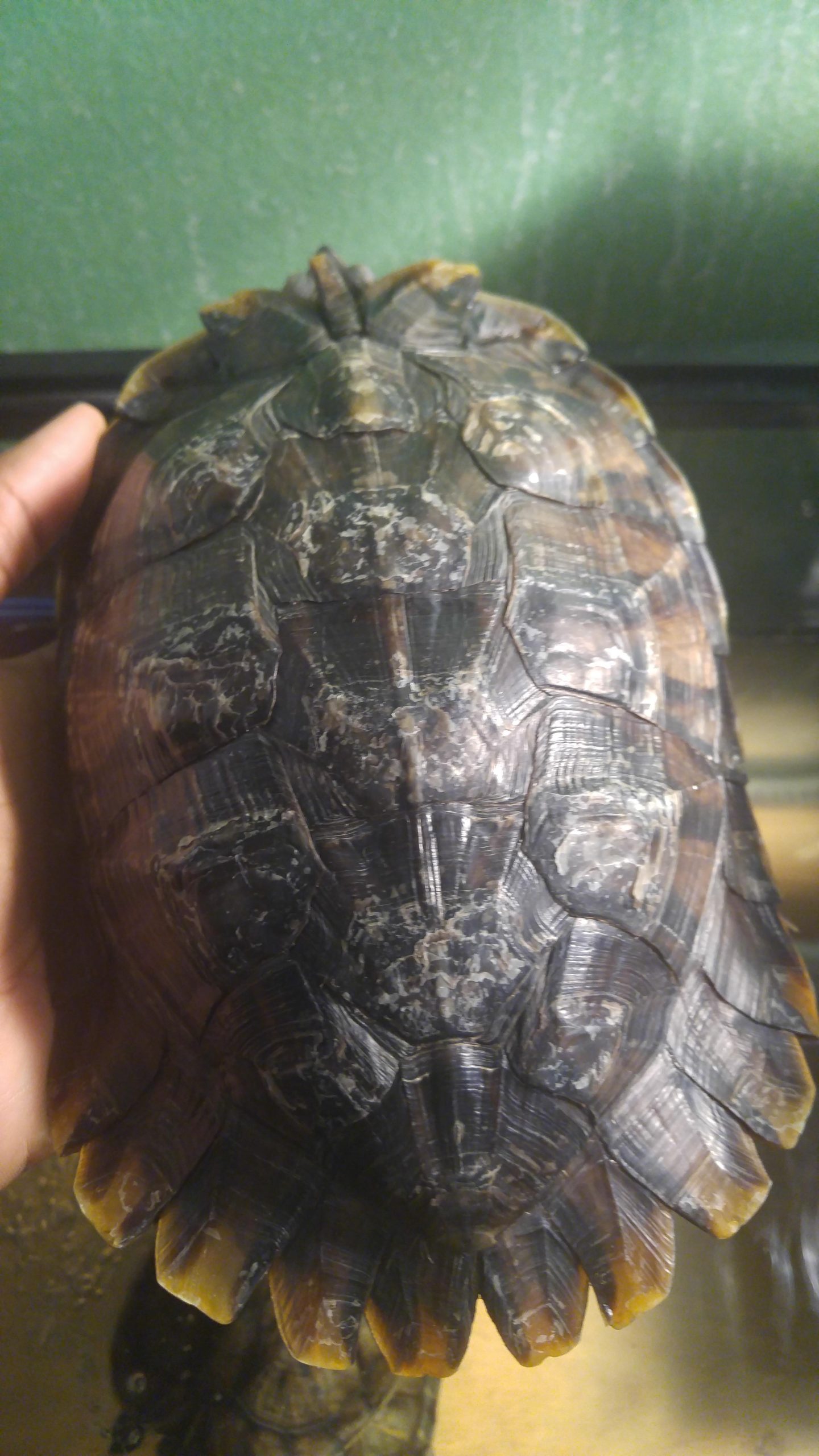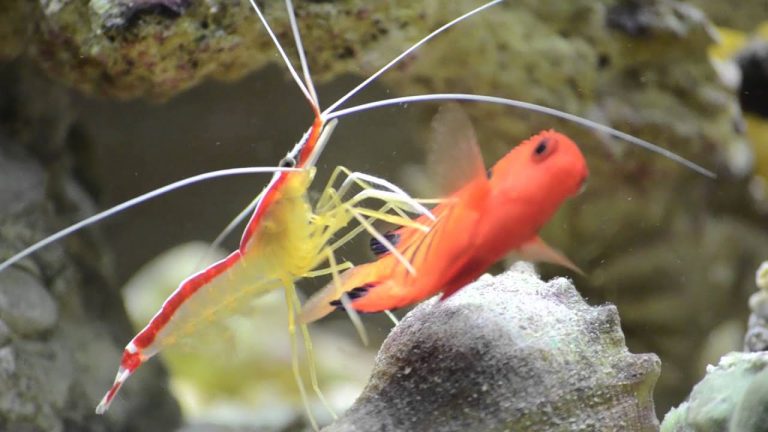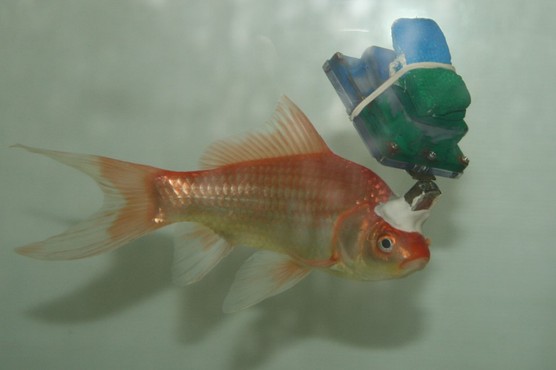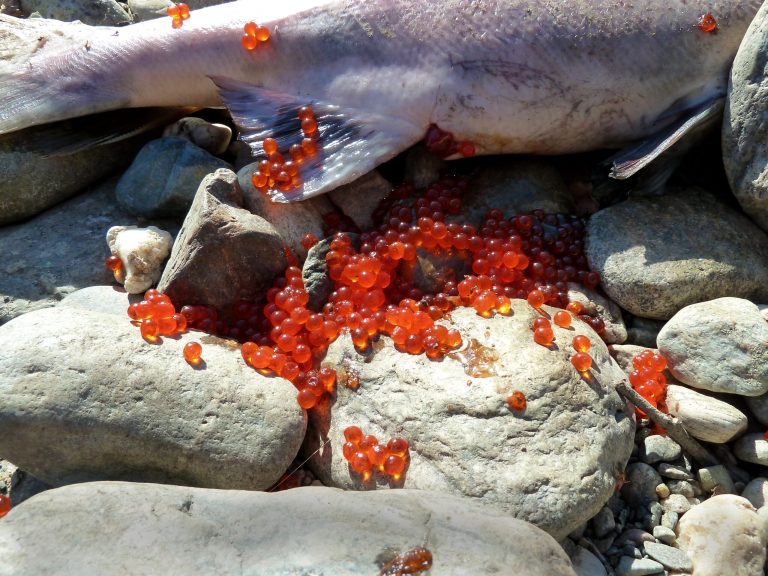Turtle Shell Rot
Turtle Shell Rot: Causes, Symptoms, and Treatment
Are you a proud turtle owner? If so, it’s important to be aware of the potential health issues that can affect your shelled friend. One common problem is shell rot, a condition that can be both uncomfortable and dangerous for turtles. In this article, we’ll explore the causes, symptoms, and treatment options for turtle shell rot.
What is Turtle Shell Rot?
Turtle shell rot, also known as shell ulcers or carapace rot, is a condition characterized by the deterioration and infection of a turtle’s shell. It typically affects the scutes, the individual bony plates that make up the shell. Shell rot can occur in both aquatic and terrestrial turtles, and if left untreated, it can lead to serious complications such as systemic infection and even death.
Causes of Turtle Shell Rot
Several factors can contribute to the development of shell rot in turtles. The most common causes include:
1. Poor Water Quality: Dirty or stagnant water can harbor bacteria and fungi that can infect a turtle’s shell. Inadequate filtration and low water quality can weaken the turtle’s immune system, making it more susceptible to infections.
2. **Inadequate Diet and Nutrition: Improper nutrition can weaken a turtle’s immune system, making it more prone to infections and slower to heal from injuries. Insufficient calcium and vitamin D3 intake can also affect shell health, leading to soft or weakened shell structure.
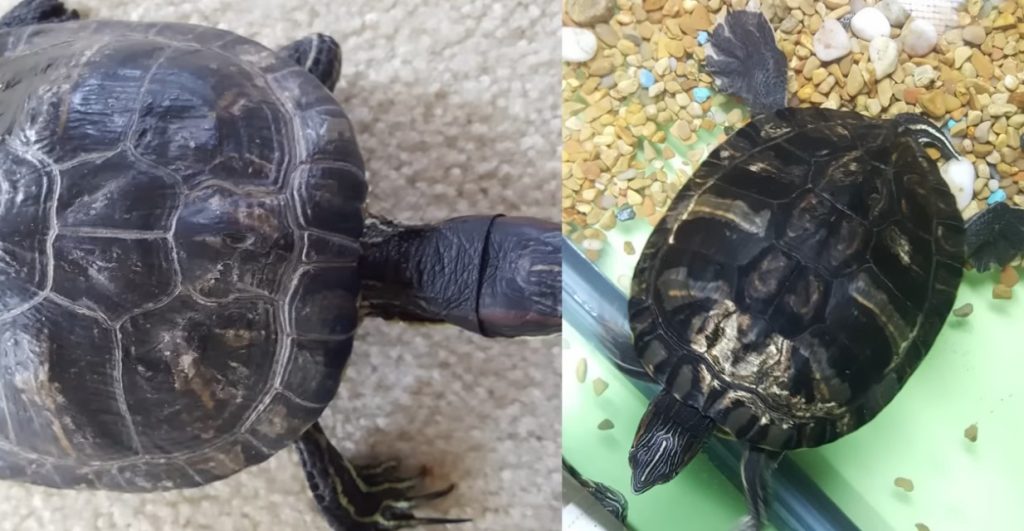
3. Injuries or Trauma: Any damage to the shell, such as cuts, cracks, or scrapes, can provide an entry point for pathogens. Injuries can occur from rough handling, fights with other turtles, or poor living conditions.
4. Lack of UVB Exposure: Turtles require access to UVB lighting to metabolize calcium properly. Without adequate exposure to UVB rays, turtles may develop metabolic bone disease, which can weaken the shell and make it more susceptible to infections.
Symptoms of Turtle Shell Rot
Identifying the early signs of shell rot is crucial for prompt treatment. Some common symptoms to watch out for include:
1. Discoloration: Dark, discolored patches or spots on the shell are often an early sign of shell rot. The affected areas may appear reddish-brown, greenish, or black.
2. Softened or Pitted Shell:** If the shell feels soft to the touch or appears pitted, with small holes or depressions, it could be a sign of shell rot. The affected areas may be crumbling or flaking.
3. Foul Odor: A strong, unpleasant smell coming from your turtle’s shell is a clear indication of an infection. Shell rot often produces a distinct odor due to the bacterial or fungal growth.
4. Behavioral Changes: A turtle with shell rot may show signs of discomfort or pain. They might become lethargic, lose their appetite, or exhibit unusual behavior such as avoiding contact with water.
Treating Turtle Shell Rot
If you suspect that your turtle has shell rot, it’s crucial to seek treatment promptly. Here are some steps to take:
1. Isolate the Turtle: Move the affected turtle to a separate enclosure with clean, warm water. This will prevent the infection from spreading to other turtles and provide a controlled environment for treatment.
2. Clean the Shell: Gently clean the affected area of the shell using a soft-bristled toothbrush or a cloth and warm water. Avoid using any harsh chemicals or disinfectants, as they can further damage the shell.
3. Apply an Antiseptic: After cleaning the shell, apply a topical antiseptic recommended by your veterinarian. This will help control the infection and promote healing. Common antiseptics used for turtle shell rot include betadine, povidone-iodine, or chlorhexidine.
4. Improve Living Conditions: Address any underlying issues that may have contributed to the development of shell rot. Ensure proper water filtration, maintain clean and warm water, provide a balanced diet, and ensure access to UVB lighting.
5. Seek Veterinary Care: In severe cases or when home remedies do not show improvement, it’s essential to consult a reptile veterinarian. They may prescribe oral or injectable medications to treat the infection effectively.
Frequently Asked Questions
Q: Can turtle shell rot be fatal?
A: Yes, if left untreated, shell rot can lead to systemic infection and eventually prove fatal for turtles.
Q: How long does it take for shell rot to heal?
A: The healing time for shell rot depends on the severity of the infection and the turtle’s overall health. It can take anywhere from a few weeks to several months for the shell to fully recover.
Q: Can I use over-the-counter antibiotics to treat shell rot?
A: It’s always best to consult a reptile veterinarian for proper diagnosis and prescription of antibiotics. Over-the-counter medications may not be effective or may even worsen the condition.
Final Thoughts
As a responsible turtle owner, it’s crucial to take proactive measures to prevent and treat shell rot in your pet. Maintaining a clean and suitable environment, providing proper nutrition, and regular veterinary check-ups can go a long way in ensuring the health and well-being of your turtle. Remember, early detection and prompt treatment are key to helping your turtle recover from shell rot and enjoy a long, healthy life.
